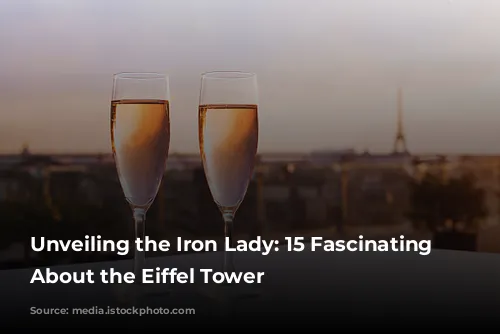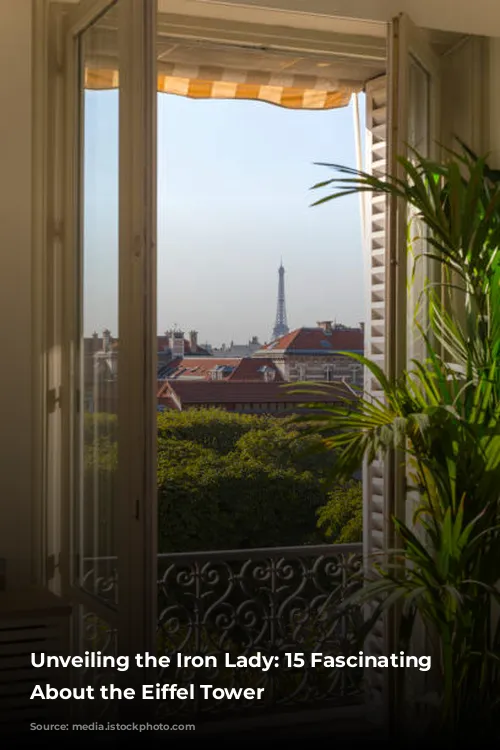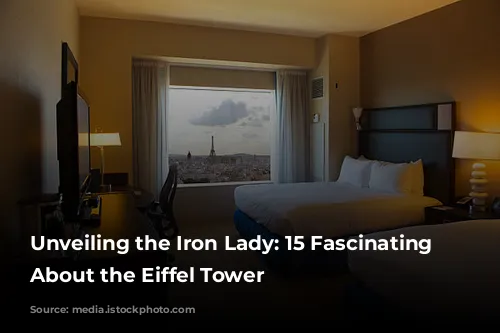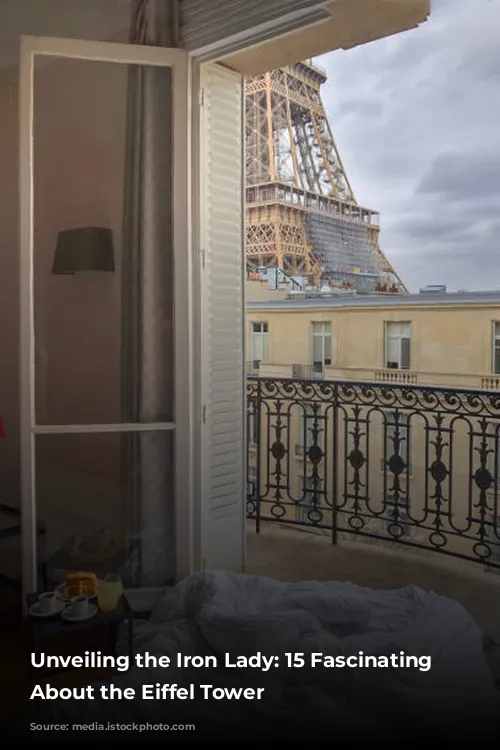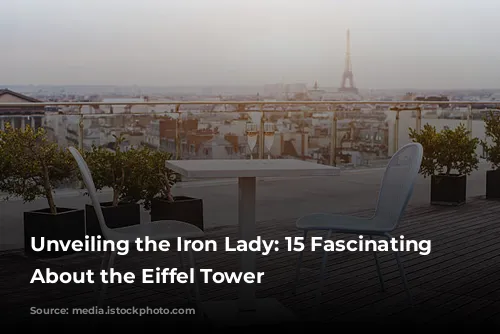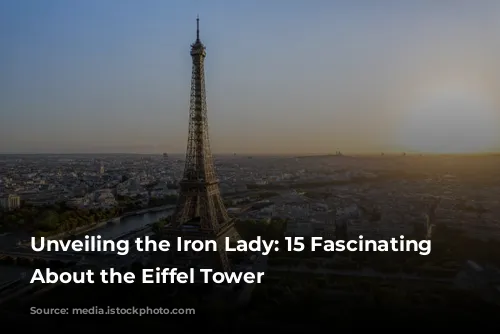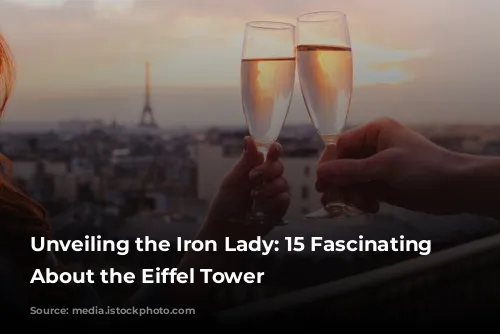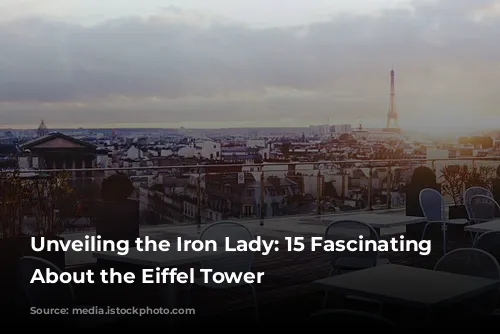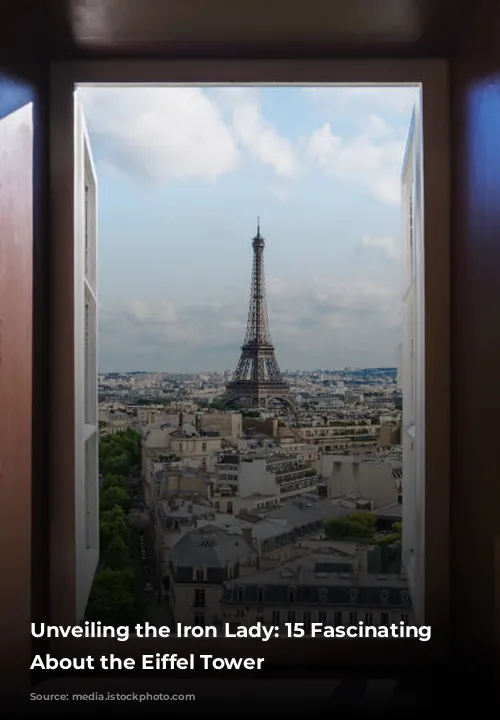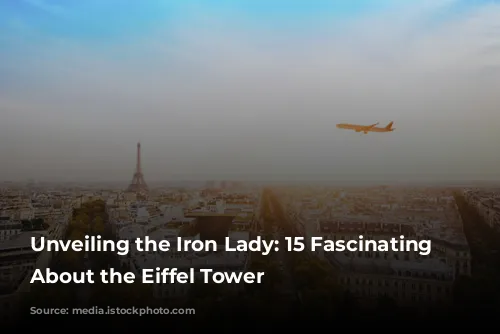The Eiffel Tower, a towering symbol of Paris and France, stands as a testament to engineering prowess and architectural audacity. This iconic structure, built for the 1889 World’s Fair, continues to captivate visitors from around the globe. Let’s delve into 15 intriguing facts about this beloved landmark.
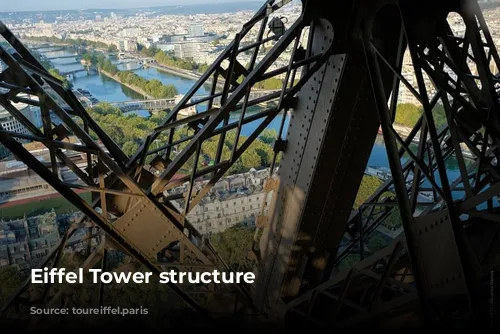
The Tower’s Construction
-
A Mastermind Behind the Iron: The Eiffel Tower, a masterpiece of metal engineering, was brought to life by Gustave Eiffel, a French engineer renowned for his work on metal structures. His company, based near Paris, also designed the framework for another world-renowned monument: the Statue of Liberty.
-
A Unique Material: The Eiffel Tower is not made of steel, but of iron. The iron used for the Tower came from Pompey forges in eastern France and underwent a specific refining process called puddling to remove excess carbon. This process yielded almost pure iron, considered the most robust material at the time.
-
A Speedy Construction: The Eiffel Tower was built in record time: just 2 years, 2 months, and 5 days. This impressive feat was possible due to the use of a prefab system, where iron plates and beams were preassembled in Eiffel’s factories before being transported to the construction site.
-
A Protective Coating: To safeguard the iron structure from corrosion, a thick coat of paint was applied. This protective layer needs to be renewed every 7 years, a schedule recommended by Gustave Eiffel himself.
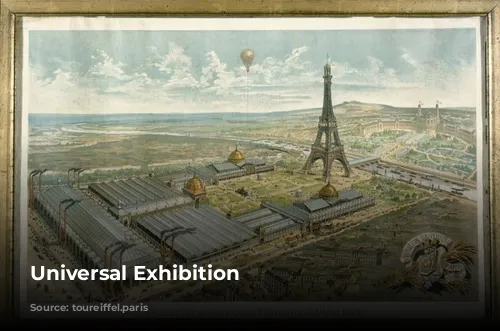
The Tower’s Purpose and Significance
-
A World’s Fair Wonder: The Eiffel Tower was built as one of the main attractions at the Paris World’s Fair in 1889. This grand event showcased the advancements in iron and steel construction, representing the industrial revolution of the era.
-
From 300-Meter Tower to Eiffel Tower: Initially called the “300-Meter Tower“, the structure quickly took on the name of its creator. It opened to the public on the same day as the World’s Fair, May 15, 1889.
-
A Controversial Masterpiece: The Eiffel Tower faced controversy during its construction, with many in the art world disapproving of its design. However, the Tower’s boldness and unique architecture quickly captivated visitors and Parisians alike.
-
A Global Icon: From its completion in 1889, the Eiffel Tower quickly gained international fame. It was the tallest building in the world at the time, and its distinctive iron silhouette became a symbol of Paris.
-
A Symbol of France: The Eiffel Tower, with its towering presence and graceful curves, became synonymous with France. The monument is often photographed, filmed, drawn, and replicated, symbolizing the country in collective imagination and art.
-
A Local Treasure: The Eiffel Tower has become an integral part of daily life for Parisians. It is a source of pride, a popular destination for both tourists and locals, and a constant reminder of the city’s rich history and architectural heritage.
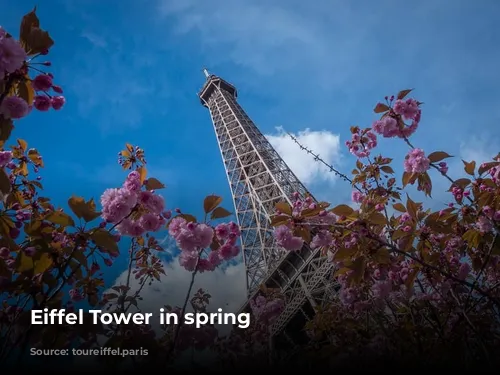
The Tower’s Design and Construction
- An Inspiration from Bridges: The four legs of the Eiffel Tower, each composed of four robust beams, were inspired by the large-scale metallic structures built by Eiffel’s company, such as bridges and viaducts.
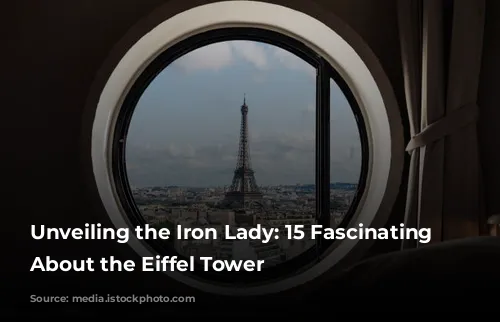
Unveiling the Tower’s Secrets
-
A Photographic Dilemma: While private individuals are free to photograph the Eiffel Tower at night, professional photographers need permission from the Eiffel Tower management firm to capture its illuminated beauty.
-
A Work of Art?: Though initially seen as a feat of engineering, the Eiffel Tower is now widely considered a work of art. Its bold design and unique presence on the Paris skyline make it a captivating masterpiece.
-
A Safe Construction: Despite its towering height and complex design, the Eiffel Tower’s construction was remarkably safe. There were no serious injuries or deaths during its construction.
-
A Tourist Destination: The Eiffel Tower is a must-visit for anyone in Paris. It draws over 6 million visitors annually and remains open daily until late at night.
-
Levels of Wonder: The Eiffel Tower has three levels open to the public: the first level, second level, and the top. The second and top levels each have two sub-levels, one enclosed and one open-air. Visitors can reach the first two levels by stairs or elevator, while access to the summit is only by elevator.
-
A Weighty Structure: The Eiffel Tower weighs approximately 10,100 tons. The metal framework alone accounts for 7,300 tons, while the protective paint adds just 60 tons.
The Eiffel Tower, standing tall for over 130 years, continues to captivate the world with its beauty, engineering brilliance, and enduring symbol of Paris. It is a testament to the ingenuity of its creators and a reminder of the city’s enduring charm and cultural significance.
